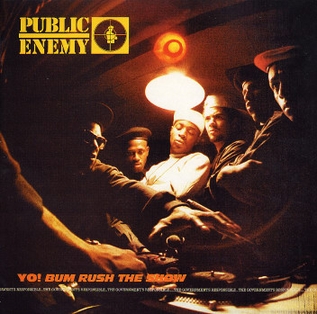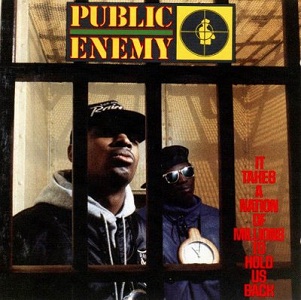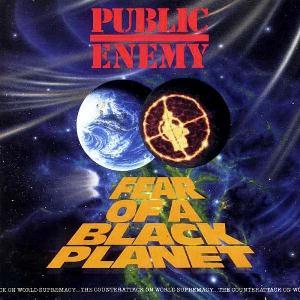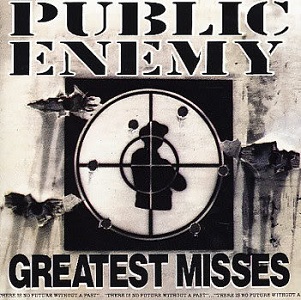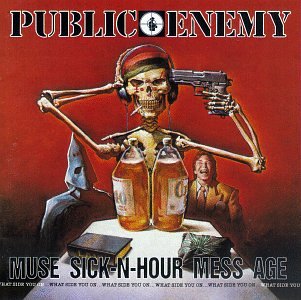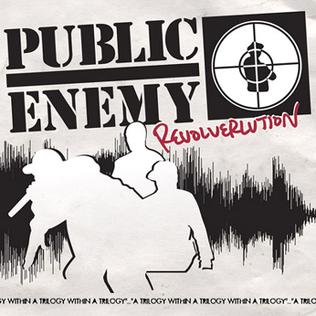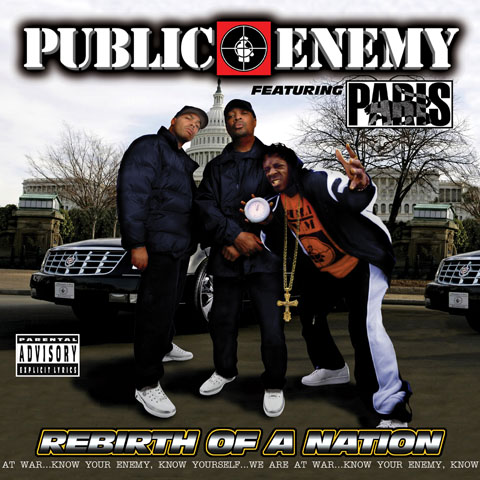Fibonacci Sequence:
Fibonacci Sequence is all consisting of ratios.
The sequence of numbers used in the fibonacci sequence are:
0 + 1 = 1
1 + 1 = 2
1 + 2 = 3
2 + 3 = 5
3 + 5 = 8
4 + 8 = 13
The proportions work as twos, each one then combines what is already there.
Titling - Headers and Subheaders:
24 point title should be
complemented with 18 point body copy by applying the fibonacci sequence.
Golden Section:
The division of a whole for layout.
About achieving balance in designs. Used since Ancient Egypt and the Greek Empire.
The golden number is 1.62 - if using custom paper sizes [ divide length by 1.62 to achieve width ]
Rule Of Thirds:
Equal proportions, governs the points of interest of an image, mostly in photography. The image is divided into thirds vertically and horizontally. You can then chop those thirds of each angle into more thirds. Eyes work with the brain in a lazy way and naturally fall into certain places such as the thirds.
It also works on websites, logos are usually placed on the top left or middle centre as that is where the eyes fall. A photo or header is then placed in a central location where your eye falls next. A form of breadcrumbs are then placed to lead your eye onto other sections of the publication or website to take in more information and gain interest in more content.
Task: Create a custom page layout with the Fibonacci rule but with a beginning box with off sides.
I made my own layout by starting with a box diameter of 0.5cm width and 1.0cm height. I then built this up on illustrator on an A3 scale until I couldn't fit anymore.
Made a pretty interesting layout and size to work from in the next tasks.
Canons and Grids:
Van De Graaf - Creator of the canon.
Grids are like scaffolding for a building. It is necessary to keep everything built, straight and in form.
The Van De Graaf canon is a historical reconstruction of a method that may have been used to divide a book in pleasing proportions. This canon is also known as the secret canon used in many medieval manuscripts.
The construction of the Van De Graaf canon works for any page width-height ratio.
Leading:
Column width more than just design and format. It is also legibility.
There is a rule that you shouldn't use more than 7 words per line but that is dependent on the information and body copy you have to work with.
It is the vertical distance between the lines of text which suits the point size of the type.
Overlong text lines do tire the eye, there is too much energy spent keeping the line in an eye completely horizontal.
Margin Proportions:
Margins are a derivative of columns, they influence the whole feel of a print.
If they are too small, the content looks over full. If they are too large, the content looks exaggerated.
Margins generate the impression of indecision and dullness.
The Type Area:
The best division is to split into two columns.
In the next session we were asked to create our own layouts on a big piece of paper after experimenting with sections of different magazines.
We were also asked to create these layouts in InDesign for the next time we were back, so I got cracking on that. This was great practice for InDesign and I already feel I am more confident with the software.
Construction of Grids:
When you design grids you need to design a selection of different thumbnail layouts to make sure you are using the best format. Don't just made a select few, make a big selection and then as you narrow yourself down eel making them bigger so you can see what you can work with. You must consider the publication, is it going to be a lot of text or is it going to be heavy on images? Never restrict yourself to one column, always use at least two but three is also good.
You can also subdivide columns if necessary. This can be useful in use of figures and statistics when presenting data in a legible way. For it to work small and legible typefaces must be used or it will be completely useless.
For these kinds of publications it's recommended to use four columns to lay out your pages for convenience of laying out statistics.
Font Heights:
Use fibonacci sequence for the best results.
Type and Image:
On A4 format pages, you can use either 8 or 20 grid fields. Advertising uses 8 grid fields mostly which can be subdivided into 16.
If the line of text fits perfectly in the gutters you have the right point size for the page. You must have a good perception of composition.
"The grid is an instrument in which, you a designer, creates interesting and balanced designs with type and image."
20 field grids are the best to begin with and then you can experiment with different layouts and grid markings.



























